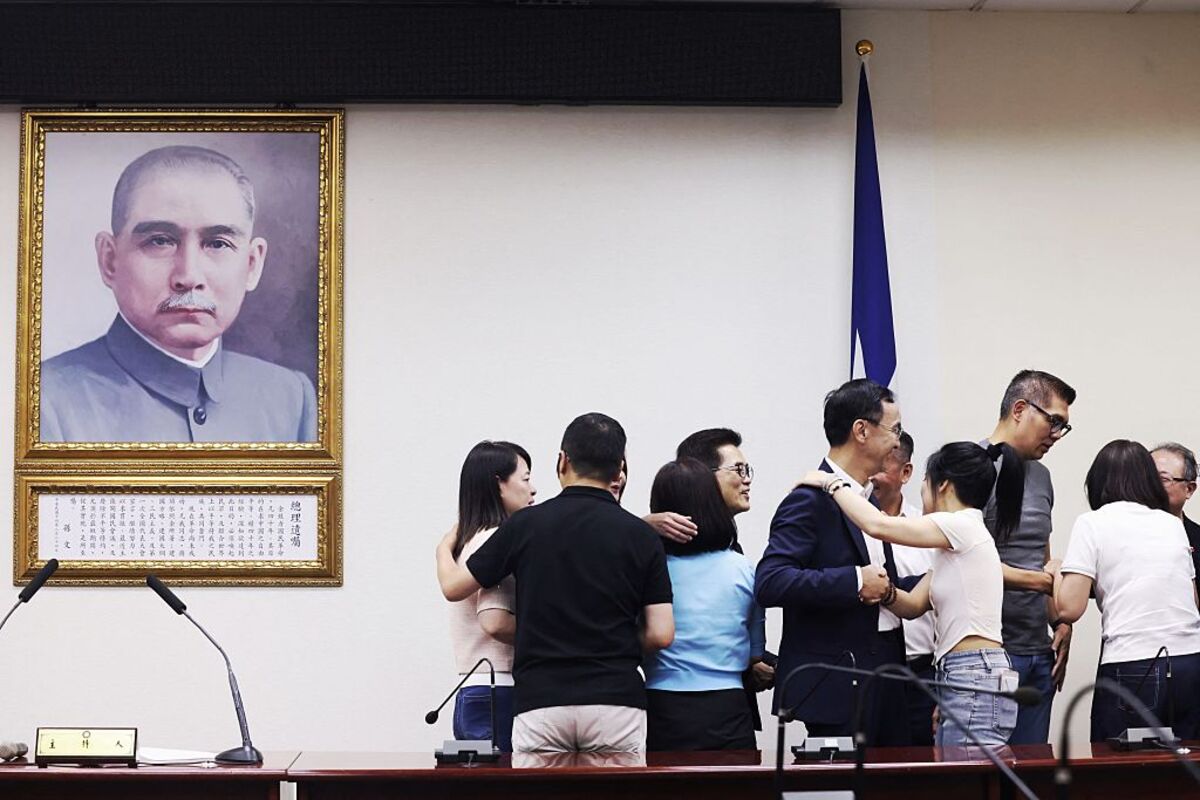Bitcoin’s price surged past $123,000 in early July 2025 as global markets reacted to a 90-day extension of the U.S.-China tariff truce, a development that eased concerns over trade tensions and injected optimism into risk assets. The cryptocurrency’s rally, which pushed it above $105,000 in May and peaked at $123,205 in July, was driven by speculation that the temporary suspension of retaliatory tariffs could stabilize investor sentiment and reduce macroeconomic volatility. Chinese state media confirmed the truce, which paused a 125% tariff on U.S. imports, following months of negotiations between Washington and Beijing [1].
The truce marked a shift in trade policy dynamics, with U.S. President Donald Trump signing an executive order to reduce tariffs and signaling a “new chapter for comprehensive negotiations” between the two economies [2]. Key figures in the negotiations included U.S. Treasury Secretary Scott Bessent and Chinese Vice Premier He Lifeng, who facilitated the agreement. While no direct statements from crypto industry leaders were issued, analysts noted that Bitcoin’s performance mirrored its historical role as a hedge against geopolitical uncertainty and inflationary pressures. The surge echoed patterns observed during previous U.S.-China trade disputes, where cryptocurrencies gained traction amid risk-off environments [3].
Market reactions were swift but tempered by profit-taking. Following the May 12 truce announcement, Bitcoin briefly surged above $105,000 before retreating as traders shifted funds to equities. The July rally, however, saw broader participation, with Ethereum rising 3.0% and Bitcoin hitting a session high of $123,205 [4]. Analysts attributed the momentum to the truce’s symbolic easing of global trade tensions, though they cautioned that the relief might be short-lived. The 90-day extension did not resolve structural issues in global supply chains, and the U.S. Federal Reserve’s monetary policy remains a critical factor for risk assets [5].
The truce also highlighted Bitcoin’s sensitivity to macroeconomic shifts. Historical data suggests that the cryptocurrency often responds to trade policy developments, reinforcing its status as a digital safe haven [6]. Meanwhile, unrelated trade agreements—such as Trump’s 15% tariff deal with Japan and Brazil—added to market uncertainty, complicating the outlook for sustained gains [7]. Liquidity risks further cloud the trajectory: recent data showed significant liquidations below the $115,000 threshold in July, underscoring Bitcoin’s vulnerability to macroeconomic shifts [8].
For now, the truce underscores the interconnectedness of global trade policies and digital asset markets. While the U.S. and China balance domestic political pressures, investors remain watchful of regulatory developments, particularly as the U.S. advances digital asset legislation [9]. Sustained Bitcoin growth will depend on broader economic stability, with analysts emphasizing that tariff reductions alone may not address underlying structural challenges in global trade.
Source: [1] [Bloomberg Canada](https://www.bloomberg.com/canada) [2] [CoinGape: Latest Crypto Market News](https://coingape.com/) [3] [SCMP Economic Report](https://www.scmp.com/author/bloomberg) [4] [Yahoo Finance Tariff Updates](https://finance.yahoo.com/topic/tariffs/) [5] [Reuters U.S.-China Tariff Truce](https://t.me/s/bloomberg?before=2972) [6] [Financial Times Trade Deal Odds](https://www.scmp.com/author/bloomberg) [7] [Trump-Japan Trade Agreement](https://bismarcktribune.com/news/nation-world/education/article_6c096454-c627-54dd-aea0-b18992ec4fc8.html) [8] [Bitcoin Liquidation Data](https://fortune.com/section/the-coins/) [9] [Bloomberg Digital Asset Legislation](https://www.bloomberg.com/economics-v2)


